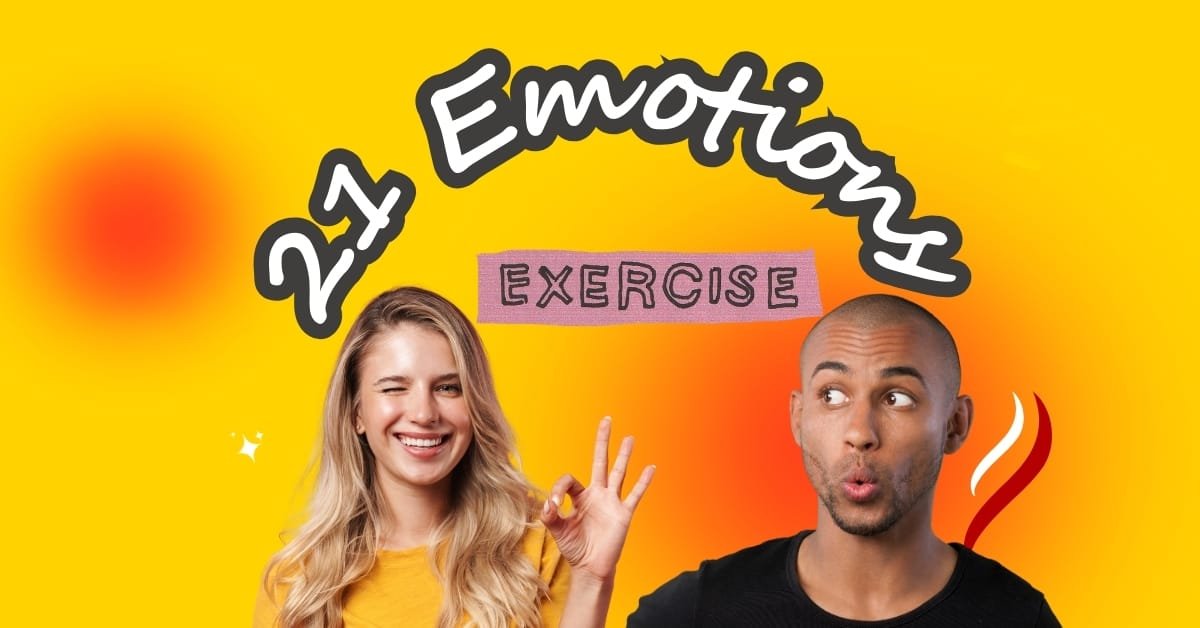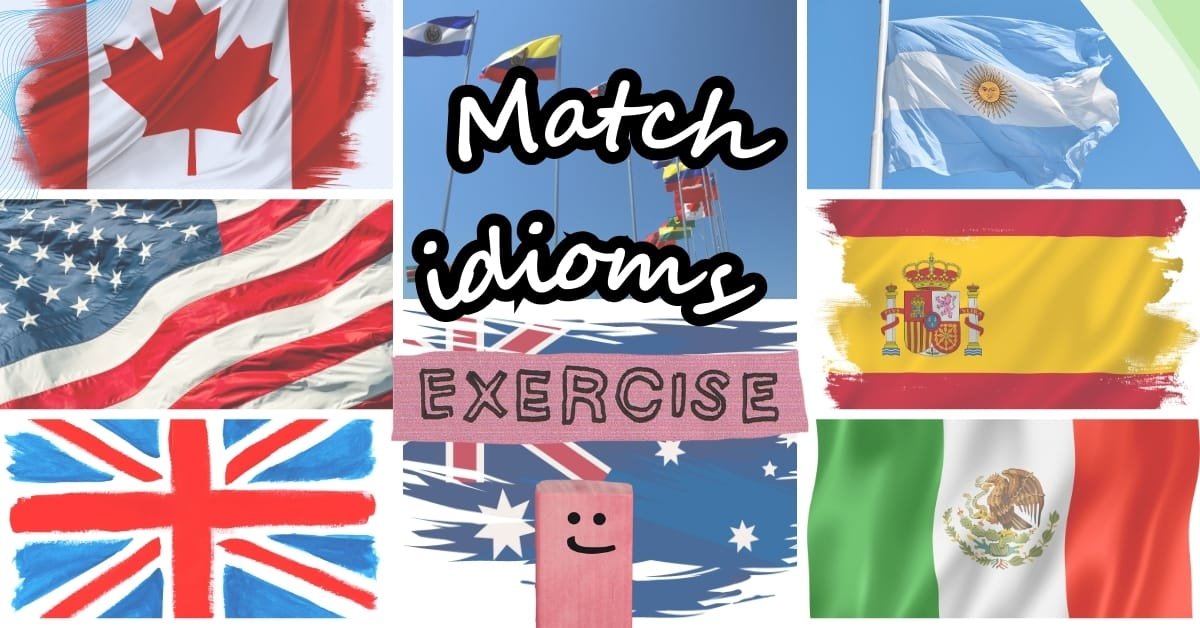spanish NOW EDU
Learn Spanish for free
Spanish Vocabulary Practice – Learn Useful Words for Real Conversations
Vocabulary is the heart of language. Whether you’re having a simple chat or writing an essay, the words you know shape how clearly and confidently you can express.
That’s why we’ve created this Spanish Vocabulary Practice section. We want to help you expand your vocabulary through fun, useful, and interactive exercises. All of them designed for real-life communication.
If you’re an English-speaking learner, this section will guide you through essential words and expressions organized by theme. You’ll practice vocabulary related to daily life, emotions, travel, food, family, and more . In the meanwhile, you will be learning how to spell, pronounce, and use each term in context.
Does Spanish vocabulary practice really matter?
Vocabulary is one of the key pillars of language learning. While grammar helps you form sentences correctly, it’s the words themselves that give those sentences meaning.
- Benefits of Vocabulary Practice:
- Better Comprehension: The more words you know, the more you understand when listening or reading.
- Improved Speaking & Writing: With a broader vocabulary, expressing ideas becomes easier and more accurate.
- Faster Progress: Vocabulary knowledge accelerates your ability to communicate in practical situations.
- Deeper Cultural Connection: Learning everyday words helps you connect with native speakers on a personal level.
What You’ll Find in This Section
This section is designed to give you practical and effective vocabulary practice. It combines different tools and methods for maximizing your learning. There are some points you will find here:
Themed Vocabulary Lists
We’ve created curated vocabulary lists based on common themes and real-life situations, including:
- Travel – Airports, directions, transport, and hotel vocabulary
- Food & Restaurants – Menus, ingredients, ordering food, common dishes
- Family & Relationships – Describing family members, talking about friends and emotions
- Daily Routines – Morning habits, household chores, work tasks
- Feelings & Emotions – Expressing happiness, frustration, surprise, and more
- Shopping & Money – Asking prices, talking about clothing, counting money
Each list includes:
- Spanish words and phrases
- English translations
- Pronunciation tips
- Example sentences
- Audio clips (in selected activities)
Interactive Quizzes and Games
To help you memorize new words and test your knowledge, we offer:
- Multiple-choice quizzes
- Matching games
- Fill-in-the-blank activities
- Listening + vocabulary challenges
You’ll learn faster by using words in different formats and contexts.
Context-Based Learning
Memorizing isolated vocabulary can be helpful, but using words in context is what truly builds fluency. Our activities always aim to show how the words are used in real conversations, not just lists to memorize.
Each practice set includes:
- Sentences that use new words in natural, everyday scenarios
- Mini-dialogues between native speakers
- Grammar notes that explain when and how to use specific expressions
- Opportunities to use vocabulary in writing and speaking tasks
Combine Vocabulary with Other Skills
Language learning is most effective when you practice skills in combination. That’s why we encourage you to use this section alongside others:
- Grammar Practice: Learn how to correctly use new words in sentences.
- Reading Comprehension: See vocabulary in real articles, stories, or dialogues.
- Listening Practice: Train your ear with audio that reinforces the vocabulary you’ve studied.
- Pronunciation Exercises : Sound more natural when using new terms out loud.
Want to go further? Head over to our YouTube channel for bite-sized video lessons focused on vocabulary themes. Perfect for visual learners!
How to Practice Vocabulary Effectively
Here are some tips to make your vocabulary learning more productive:
- Set Weekly Themes: Choose one topic (like “emotions” or “shopping”) and focus all your vocabulary practice around it for a week. This helps with repetition and context learning.
- Make Flashcards: Use apps, or create physical flashcards. Include the Spanish word, its English meaning, a sample sentence, and its pronunciation.
- Speak the Words: Practice saying each word out loud. Record yourself and compare your pronunciation to native audio clips.
- Write in Context. Create short sentences or stories using your new vocabulary. This reinforces grammar and spelling while helping you remember the words.
- Review Often. Vocabulary needs repetition. Review what you’ve learned at the end of each week, and test yourself using our quizzes.
Vocabulary Levels – From Beginner to Advanced
Whether you’re just starting or already speaking with confidence, our vocabulary practice has something for you:
Beginner (A1-A2)
Simple and practical words
Everyday topics like greetings, numbers, colors, and routines
Intermediate (B1-B2)
More complex phrases
Abstract vocabulary and common idioms
Describing emotions, making suggestions, and using connectors
Advanced (C1-C2)
Nuanced vocabulary and professional jargon
Regional expressions and cultural idioms
Advanced word usage in debates, storytelling, and presentations
Reinforce Learning with Visual and Audio Tools
Pair your vocabulary study with our visual and audio resources to engage more senses and retain words faster:
- Audio Clips – Hear native pronunciation
- Videos – Watch lessons that break down new terms with examples
- Images – Visual aids and icons to support memory
- Subtitled dialogues – Great for identifying real-time usage
Practice Makes Progress
Learning vocabulary is a journey, and every new word brings you closer to fluency. Be patient with yourself and stay consistent. The more you read, listen, write, and speak, the faster the words will become part of your vocabulary.
Get Started Now
Ready to boost your Spanish vocabulary? Scroll through the exercises in this section and pick a theme that excites you. Practice daily, track your progress, and don’t forget to repeat past exercises to strengthen your memory.
Want more guidance? Subscribe to our YouTube channel for regular updates, video lessons, pronunciation support, and vocabulary games.
A little advice
You don’t need to memorize every word. Focus on learning the words you need now, and build from there. Over time, your vocabulary will grow naturally, and speaking Spanish will feel much more effortless.
Let’s grow your Spanish vocabulary — one word at a time!
¡Aprende más vocabulario con nosotros!






